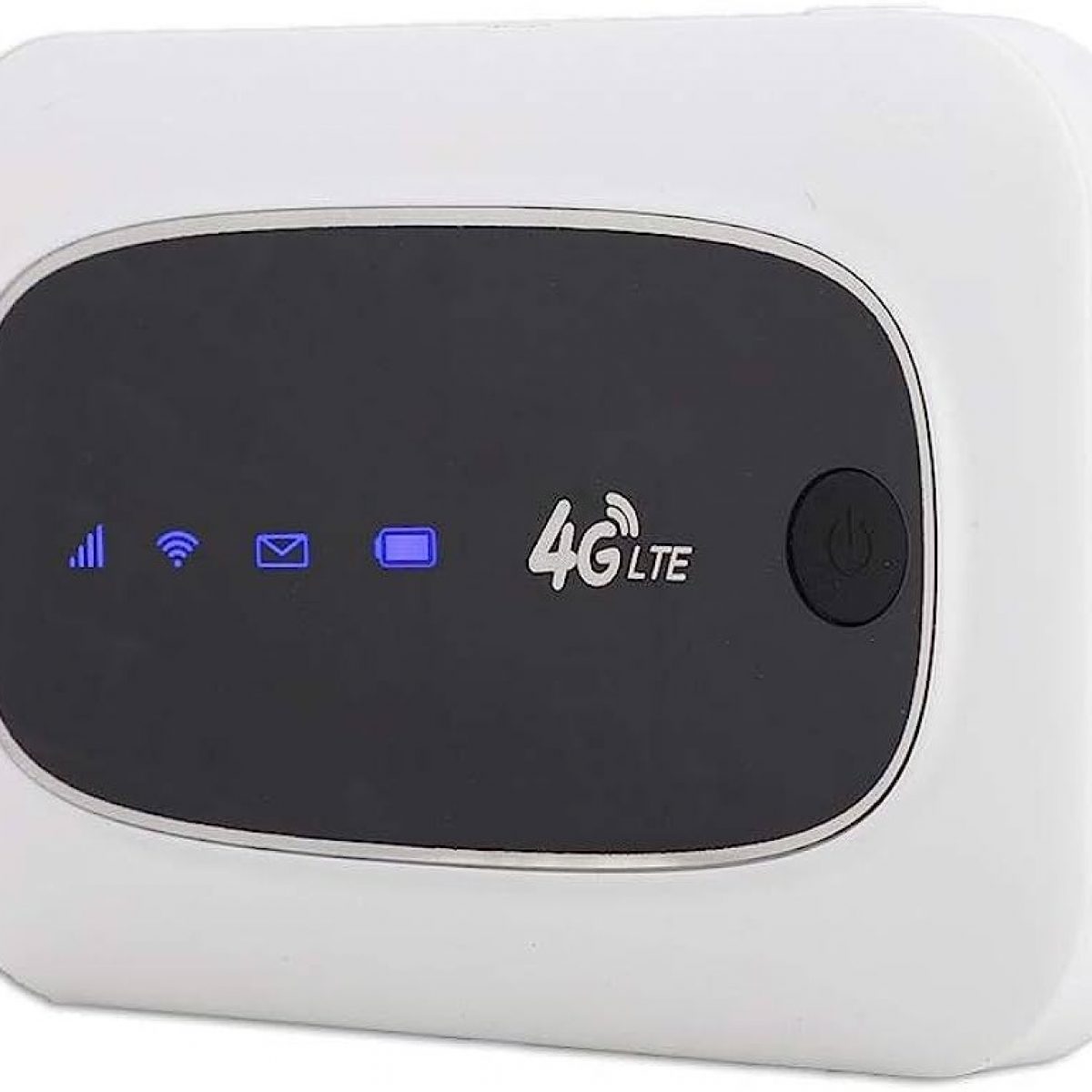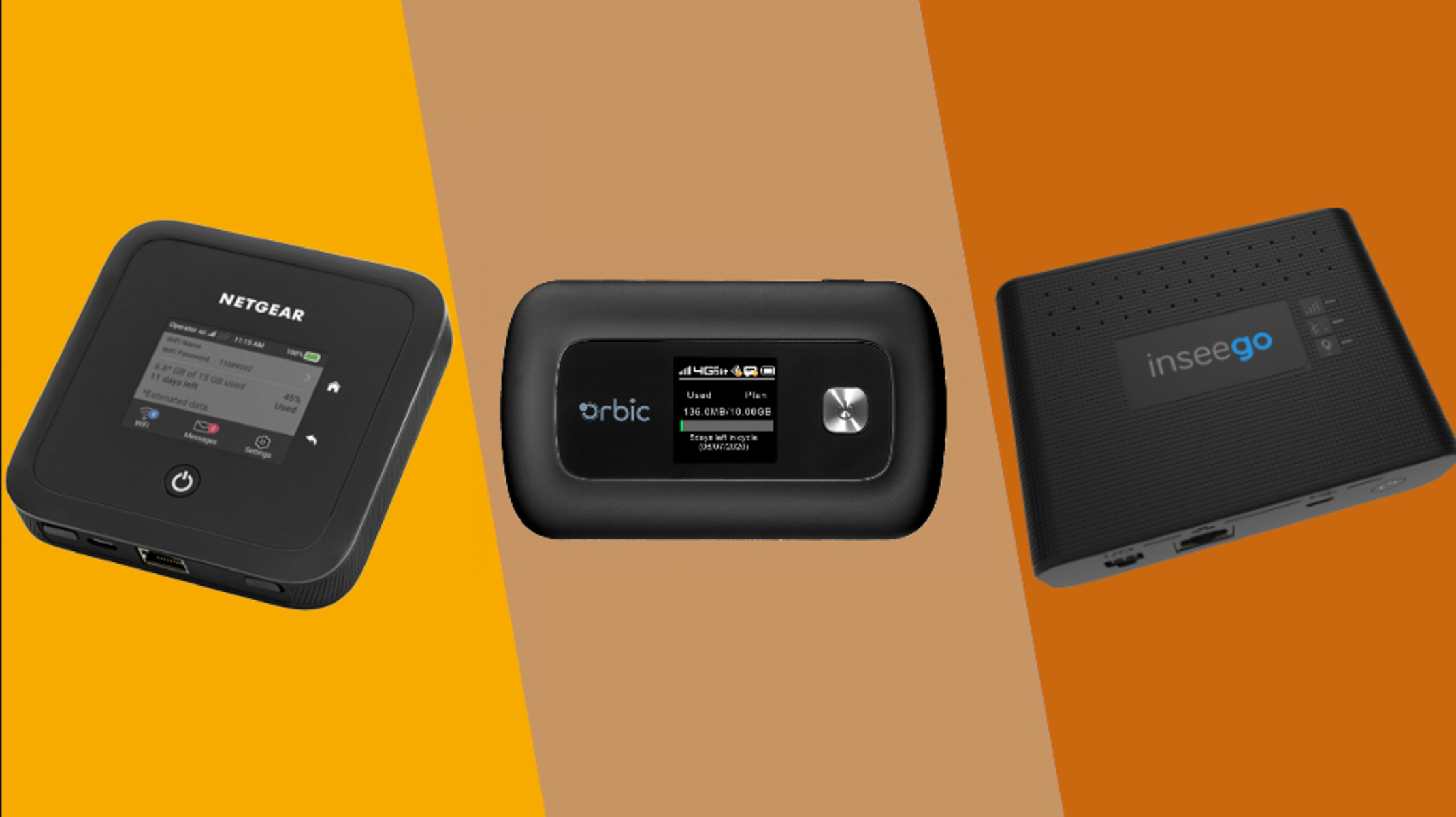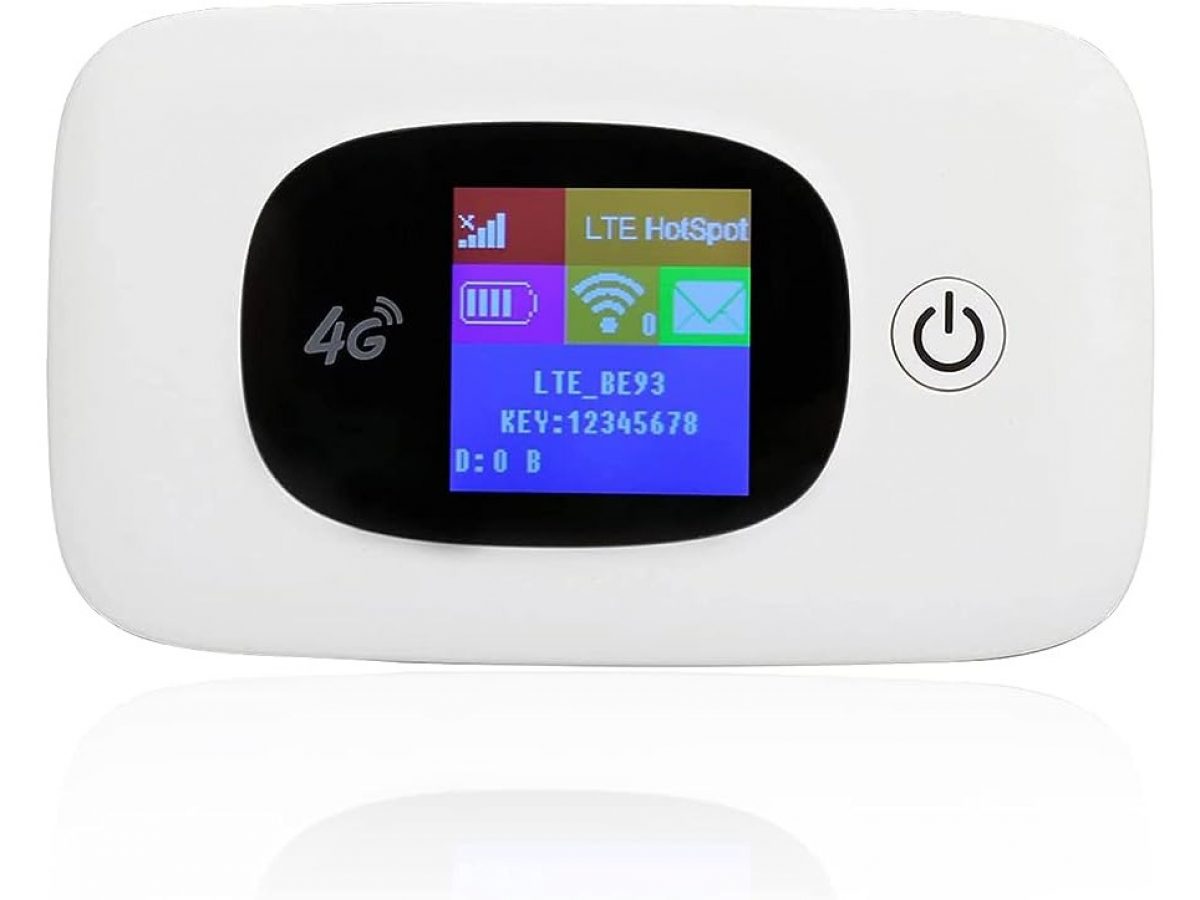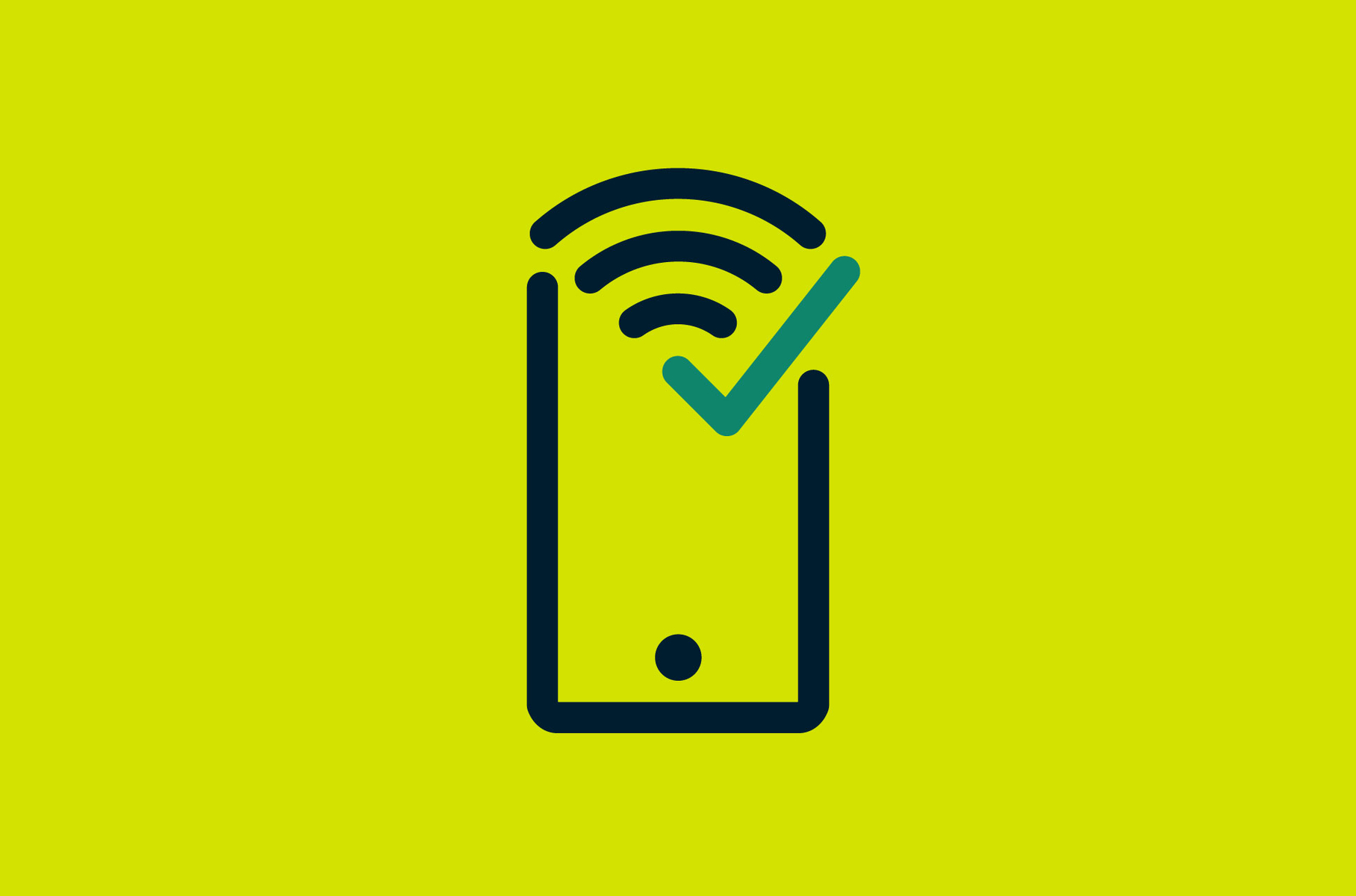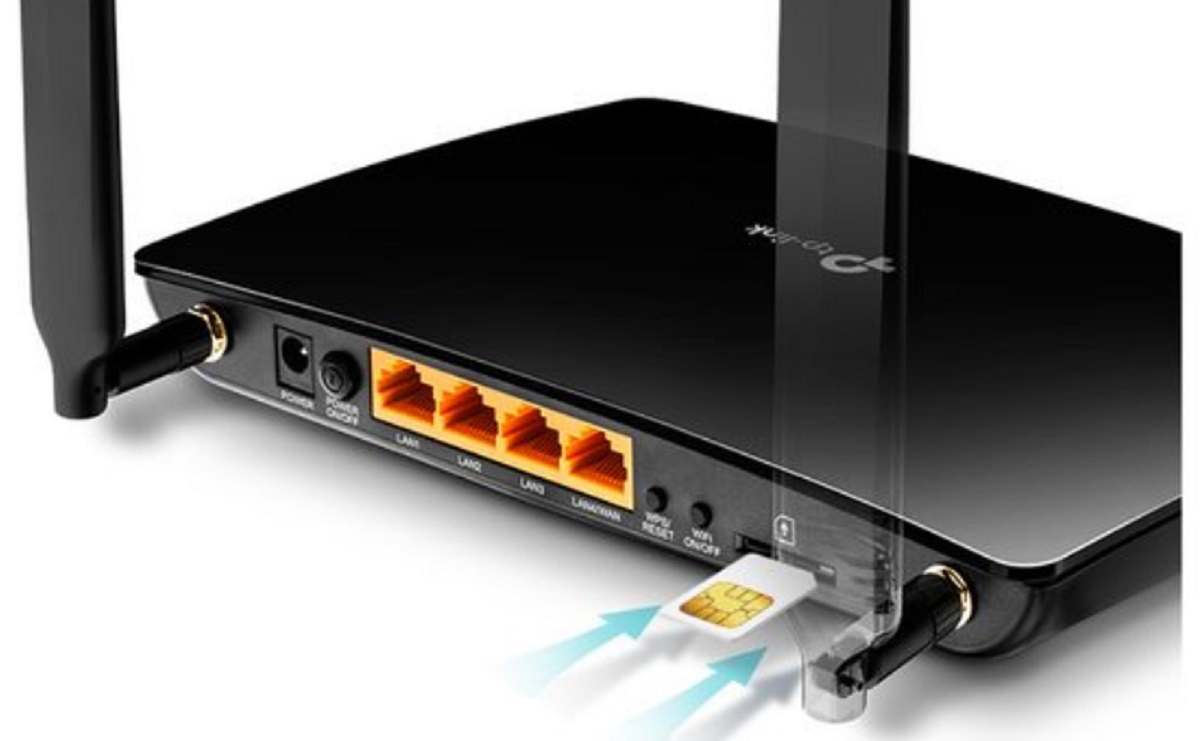Introduction
In today's digital age, the need for secure and private internet connections has become increasingly vital. Virtual Private Networks (VPNs) have emerged as a popular solution for safeguarding online activities and protecting sensitive data from prying eyes. However, there are situations where you may need to extend the protection of your VPN to multiple devices, such as when traveling with friends or family members. This is where the concept of sharing a VPN connection via a hotspot comes into play.
Sharing a VPN connection via a hotspot involves leveraging the secure tunnel provided by the VPN and extending it to other devices through a Wi-Fi hotspot. This allows multiple devices to benefit from the encrypted connection and enhanced privacy provided by the VPN. Whether you're on a business trip, vacation, or simply working from a remote location, the ability to share a VPN connection via a hotspot can be a game-changer in ensuring that all your devices are protected.
In this comprehensive guide, we will delve into the intricacies of sharing a VPN connection via a hotspot, exploring the steps involved, the advantages and potential drawbacks, and expert tips for optimizing this setup. By the end of this article, you will have a clear understanding of how to set up and utilize this configuration effectively, empowering you to extend the benefits of your VPN to multiple devices seamlessly and securely.
Understanding VPN and Hotspot
A Virtual Private Network (VPN) is a technology that establishes a secure and encrypted connection over a less secure network, such as the internet. This enables users to transmit data between their devices and the VPN server in a manner that is safeguarded from unauthorized access or interception. The encryption provided by a VPN ensures that sensitive information, such as passwords, financial transactions, and browsing activities, remains private and protected from potential threats.
On the other hand, a hotspot refers to a physical location where people can access the internet, typically using Wi-Fi, via a wireless local area network (WLAN) with a router connected to an internet service provider. In the context of sharing a VPN connection, a hotspot can also refer to the capability of a device, such as a smartphone or laptop, to create a Wi-Fi network that other devices can connect to.
When combining these two technologies, the concept of sharing a VPN connection via a hotspot comes into play. This involves utilizing the VPN's secure tunnel to encrypt and protect data transmitted over the internet and extending this secure connection to other devices through a Wi-Fi hotspot. As a result, devices connected to the hotspot can benefit from the same level of privacy, security, and anonymity provided by the VPN.
Understanding the synergy between VPN and hotspot technologies is crucial for effectively sharing a VPN connection. It allows users to grasp the underlying mechanisms that enable multiple devices to leverage the protective features of a VPN through a shared Wi-Fi network. By comprehending the fundamental principles of VPN encryption and hotspot connectivity, individuals can make informed decisions regarding the setup and utilization of this configuration.
In the next sections of this guide, we will explore the practical aspects of setting up and sharing a VPN connection via a hotspot, including the steps involved, the advantages and potential drawbacks, and expert tips for optimizing this setup. This will provide readers with a comprehensive understanding of how to implement and maximize the benefits of extending a VPN connection to multiple devices securely and seamlessly.
Pros and Cons of Sharing VPN Connection via Hotspot
Sharing a VPN connection via a hotspot presents a range of advantages and potential drawbacks that users should consider before implementing this configuration. By weighing the pros and cons, individuals can make informed decisions about whether this approach aligns with their specific needs and circumstances.
Pros
-
Extended Privacy and Security: By sharing a VPN connection via a hotspot, multiple devices can benefit from the enhanced privacy and security provided by the VPN. This ensures that all data transmitted over the shared Wi-Fi network is encrypted and protected from potential threats, thereby safeguarding sensitive information and online activities.
-
Convenience and Flexibility: Sharing a VPN connection via a hotspot offers the convenience of extending the VPN's protective features to multiple devices without the need for individual VPN subscriptions. This flexibility is particularly valuable when traveling with friends or family members, allowing everyone to enjoy the benefits of a secure and private internet connection.
-
Cost-Efficiency: With the ability to share a single VPN subscription across multiple devices via a hotspot, users can avoid the need to purchase separate VPN plans for each device. This cost-effective approach can lead to significant savings, especially for individuals or groups with multiple devices requiring VPN protection.
-
Anonymity and Bypassing Restrictions: By sharing a VPN connection via a hotspot, users can maintain anonymity and bypass geo-restrictions on all connected devices. This is particularly advantageous when accessing region-locked content or circumventing censorship, as the shared VPN connection enables unrestricted and anonymous browsing across all devices.
Cons
-
Potential Performance Impact: Sharing a VPN connection via a hotspot may lead to a reduction in internet speed and overall performance, especially when multiple devices are simultaneously utilizing the shared connection. The additional load on the hotspot-creating device and the VPN server can result in slower data transfer rates and increased latency.
-
Device Battery Drain: The process of creating a Wi-Fi hotspot and maintaining a VPN connection can contribute to accelerated battery drain on the device serving as the hotspot. This is particularly relevant for smartphones and tablets, as the combined workload of hosting a hotspot and managing a VPN can lead to faster battery depletion.
-
Complex Setup for Some Devices: While many modern devices support the creation of a Wi-Fi hotspot and the use of VPNs, there may be complexities involved in setting up and configuring this combination on certain platforms. Users may encounter compatibility issues, software limitations, or technical hurdles when attempting to share a VPN connection via a hotspot on specific devices.
-
Security Risks if Misconfigured: Improper configuration of the VPN or hotspot settings can potentially expose sensitive data to security risks. Inadequate encryption, misconfigured network settings, or unauthorized access to the hotspot can compromise the overall security and privacy of the shared connection, posing potential risks to the connected devices.
By carefully considering the pros and cons outlined above, individuals can gain a comprehensive understanding of the implications associated with sharing a VPN connection via a hotspot. This knowledge empowers users to make informed decisions and effectively address the considerations involved in extending the benefits of a VPN to multiple devices in a secure and efficient manner.
Setting Up VPN Connection on Your Device
Setting up a VPN connection on your device is a fundamental prerequisite for sharing the VPN connection via a hotspot. The process typically involves configuring the VPN settings on the device to establish a secure and encrypted connection to a remote VPN server. While the specific steps may vary based on the operating system and the VPN service provider, the general procedure for setting up a VPN connection encompasses the following key elements:
-
Selecting a Reliable VPN Service: Begin by choosing a reputable VPN service provider that aligns with your privacy and security requirements. Evaluate factors such as server locations, encryption protocols, logging policies, and device compatibility to ensure that the chosen VPN service meets your specific needs.
-
Installing the VPN Application or Configuring Built-in Settings: Many VPN providers offer dedicated applications for various devices, simplifying the setup process. Alternatively, some devices have built-in VPN configuration settings that allow users to manually input the necessary connection details. Install the VPN application or navigate to the device's network settings to initiate the setup process.
-
Entering Connection Details: Upon launching the VPN application or accessing the device's network settings, users are typically prompted to input specific connection details provided by the VPN service. This may include the VPN server address, authentication credentials, encryption protocol selection, and additional configuration options based on the provider's recommendations.
-
Establishing the VPN Connection: Once the connection details are entered, users can initiate the VPN connection through the designated application or network settings. This action establishes a secure tunnel between the device and the remote VPN server, enabling all data transmitted to be encrypted and routed through the VPN.
-
Verifying the VPN Connection: After establishing the VPN connection, it is essential to verify its status to ensure that the device is securely connected to the VPN server. This may involve checking for a VPN icon or indicator in the device's status bar or accessing the VPN application to confirm the active connection.
By following these steps and adhering to the specific instructions provided by the chosen VPN service, users can successfully set up a VPN connection on their devices. Once the VPN connection is established, the device becomes equipped to extend the benefits of the VPN to other devices through the creation of a secure Wi-Fi hotspot, as detailed in the subsequent sections of this guide.
Creating a Hotspot from Your Device
Creating a hotspot from your device involves leveraging its built-in capabilities to generate a Wi-Fi network that other devices can connect to. This functionality is particularly useful for sharing a VPN connection, as it allows multiple devices to benefit from the secure and encrypted tunnel provided by the VPN. The process of creating a hotspot varies slightly depending on the type of device and its operating system, but the general steps for setting up a hotspot are as follows:
For Mobile Devices (Smartphones and Tablets):
-
Accessing Hotspot Settings: On your mobile device, navigate to the settings menu and locate the "Hotspot" or "Tethering" option. This is where you can initiate the setup process for creating a Wi-Fi hotspot.
-
Enabling Hotspot: Within the hotspot settings, enable the "Portable Wi-Fi hotspot" or similar option. You may have the flexibility to customize the hotspot name (SSID) and set a password for secure access.
-
Configuring Hotspot Security: It is essential to set a strong password for the hotspot to prevent unauthorized access. Select a WPA2 (Wi-Fi Protected Access 2) security protocol to ensure the encryption of data transmitted over the hotspot.
-
Activating the Hotspot: Once the hotspot settings are configured, activate the hotspot to start broadcasting the Wi-Fi network. Other devices can now detect and connect to the hotspot using the provided credentials.
For Laptops and Desktops:
-
Accessing Network Settings: On a laptop or desktop computer, access the network settings or control panel to initiate the process of creating a hotspot. This may involve navigating to the "Mobile hotspot" or "Tethering" section, depending on the operating system.
-
Enabling Hotspot Functionality: Enable the option to create a hotspot or share the internet connection. Similar to mobile devices, you may have the opportunity to customize the hotspot name and set a secure password.
-
Adjusting Hotspot Settings: Configure the security settings for the hotspot, ensuring the use of WPA2 encryption and a strong password to protect the Wi-Fi network from unauthorized access.
-
Activating the Hotspot: Once the hotspot settings are adjusted, activate the hotspot to begin broadcasting the Wi-Fi network. Other devices within range can now connect to the hotspot using the specified credentials.
By following these steps, users can effectively create a Wi-Fi hotspot from their devices, enabling other devices to connect and benefit from the extended VPN protection. This sets the stage for sharing the VPN connection via the hotspot, as outlined in the subsequent sections of this guide.
Sharing VPN Connection via Hotspot: Step-by-Step Guide
Sharing a VPN connection via a hotspot involves a systematic process to extend the secure and encrypted tunnel provided by the VPN to other devices through the creation of a Wi-Fi hotspot. This step-by-step guide outlines the procedure for sharing a VPN connection via a hotspot, enabling multiple devices to benefit from the enhanced privacy and security offered by the VPN.
Step 1: Ensure VPN and Hotspot Capabilities
Before initiating the sharing process, verify that your device supports both VPN connectivity and the creation of a Wi-Fi hotspot. Ensure that the VPN connection is active and stable on the hosting device, and that the hotspot functionality is enabled and configured to broadcast a secure Wi-Fi network.
Step 2: Connect Target Devices to Hotspot
On the devices that you intend to connect to the shared VPN connection, navigate to the Wi-Fi settings and detect the broadcasted hotspot network from the hosting device. Select the hotspot network and enter the provided credentials, including the password, to establish a secure connection to the Wi-Fi hotspot.
Step 3: Verify Hotspot Connection
Once the target devices are connected to the Wi-Fi hotspot, verify the successful establishment of the connection. Check the Wi-Fi status on each device to ensure that they are securely connected to the hotspot network created by the hosting device.
Step 4: Confirm VPN Usage on Target Devices
After connecting to the Wi-Fi hotspot, confirm that the VPN connection is active and operational on the target devices. Access the VPN settings or application on each device to verify that the secured tunnel provided by the VPN is effectively extending to the connected devices through the shared hotspot network.
Step 5: Test Data Transmission and Security
To validate the shared VPN connection, initiate data transmission activities, such as web browsing, file downloads, or streaming, on the connected devices. Monitor the data transfer to ensure that all transmitted information is encrypted and routed through the VPN, demonstrating the successful sharing of the VPN connection via the Wi-Fi hotspot.
By following these step-by-step instructions, users can effectively share a VPN connection via a hotspot, enabling multiple devices to benefit from the enhanced privacy, security, and anonymity provided by the VPN. This seamless integration of VPN and hotspot technologies empowers users to extend the protective features of a VPN to a diverse array of devices, ensuring a consistent and secure online experience across all connected platforms.
Tips for Optimizing VPN Connection via Hotspot
Optimizing the VPN connection when shared via a hotspot is essential to ensure a seamless and secure browsing experience across all connected devices. By implementing the following expert tips, users can maximize the efficiency and effectiveness of the shared VPN connection, enhancing privacy, security, and overall performance.
1. Choose the Right VPN Protocol
Selecting the appropriate VPN protocol can significantly impact the performance and security of the shared connection. While OpenVPN is widely regarded for its robust security features, other protocols such as IKEv2 and WireGuard offer faster speeds. Assess the specific needs of the shared devices and choose a protocol that balances security and performance based on usage requirements.
2. Opt for Lightweight Encryption
In scenarios where speed is paramount, opting for lightweight encryption algorithms within the VPN settings can mitigate potential performance bottlenecks. While strong encryption is crucial for data security, lightweight options like AES-128 can provide a balance between speed and security, particularly when sharing the VPN connection via a hotspot.
3. Utilize Device-Specific VPN Apps
Many VPN providers offer dedicated applications tailored for different devices and operating systems. Leveraging device-specific VPN apps can streamline the setup and optimization process, ensuring that the VPN connection is seamlessly integrated with the device's native features. This can lead to improved compatibility, performance, and ease of use when sharing the VPN connection via a hotspot.
4. Prioritize Quality Hotspot Signal
Maintaining a strong and stable Wi-Fi hotspot signal is imperative for optimizing the shared VPN connection. Position the hosting device in a central location to ensure optimal signal strength across all connected devices. Additionally, minimizing interference from other wireless devices and obstructions can further enhance the reliability of the hotspot signal.
5. Monitor Bandwidth Usage
Monitoring the bandwidth usage of the shared VPN connection can provide insights into data-intensive activities that may impact performance. By identifying and prioritizing essential tasks, users can optimize the allocation of bandwidth and mitigate potential slowdowns caused by excessive data consumption on the shared network.
6. Regularly Update VPN Software
Keeping the VPN software and applications updated is crucial for maintaining optimal performance and security. Regular updates often include bug fixes, performance enhancements, and security patches that can improve the stability and efficiency of the shared VPN connection when utilized via a hotspot.
By implementing these tips, users can effectively optimize the shared VPN connection via a hotspot, ensuring that all connected devices benefit from enhanced privacy, security, and performance. This proactive approach enables individuals to maximize the benefits of extending a VPN connection to multiple devices, fostering a seamless and secure online environment across diverse platforms.
Conclusion
In conclusion, the ability to share a VPN connection via a hotspot presents a versatile and valuable solution for extending the benefits of a secure and encrypted internet connection to multiple devices. By leveraging the synergy between VPN and hotspot technologies, users can enhance privacy, security, and anonymity across diverse platforms, whether at home, in remote work settings, or while traveling. The comprehensive guide has shed light on the intricacies of sharing a VPN connection via a hotspot, encompassing the setup process, pros and cons, and expert tips for optimization.
The advantages of sharing a VPN connection via a hotspot, including extended privacy and security, convenience, cost-efficiency, and the ability to bypass restrictions, underscore the practical benefits of this approach. However, it is essential to consider potential drawbacks such as performance impact, device battery drain, and security risks, ensuring that users make informed decisions based on their specific requirements and usage scenarios.
The step-by-step guide provided a clear roadmap for setting up and sharing a VPN connection via a hotspot, empowering users to seamlessly extend the protective features of a VPN to multiple devices. From establishing the VPN connection to creating a Wi-Fi hotspot and verifying the successful sharing of the VPN connection, the guide offered a systematic approach for implementing this configuration effectively.
Additionally, the expert tips for optimizing the shared VPN connection via a hotspot equipped users with valuable insights to enhance the performance and security of the shared connection. By considering factors such as VPN protocol selection, encryption algorithms, device-specific VPN apps, hotspot signal quality, bandwidth monitoring, and software updates, individuals can proactively optimize the shared VPN connection to deliver a seamless and secure browsing experience.
In essence, the concept of sharing a VPN connection via a hotspot represents a convergence of privacy, security, and connectivity, enabling users to transcend the limitations of individual devices and extend the protective features of a VPN to a broader spectrum of platforms. By embracing this approach and leveraging the expert guidance provided, individuals can navigate the digital landscape with confidence, knowing that their online activities are shielded by a robust and shared VPN connection, ensuring privacy and security across all connected devices.










